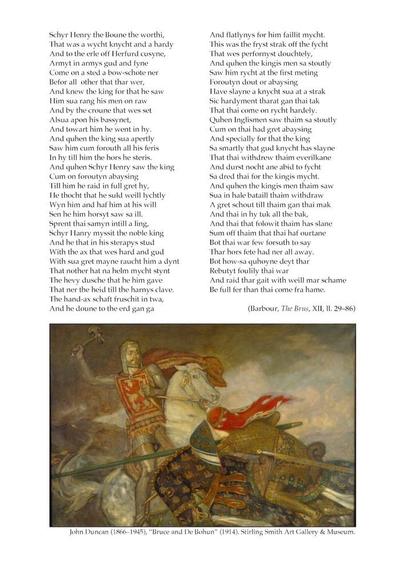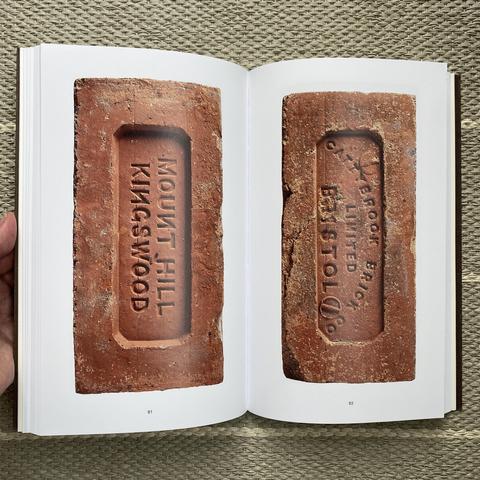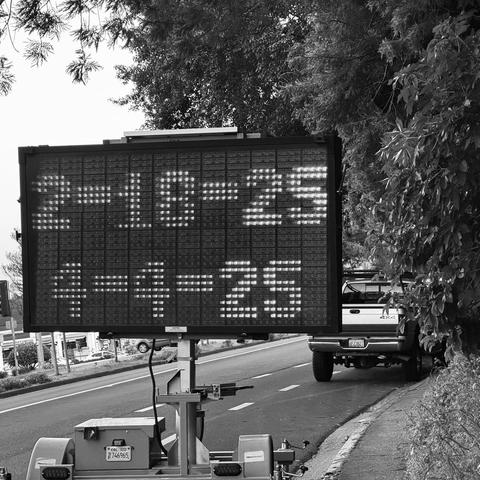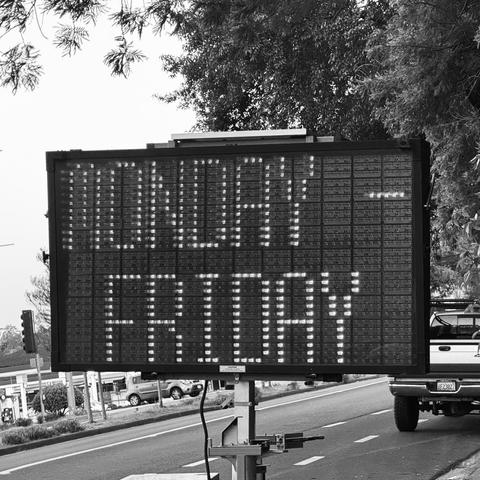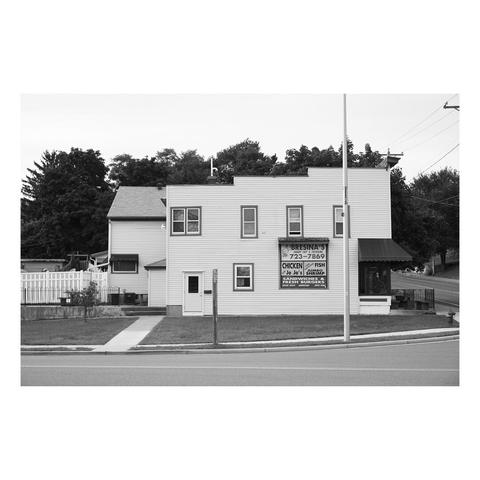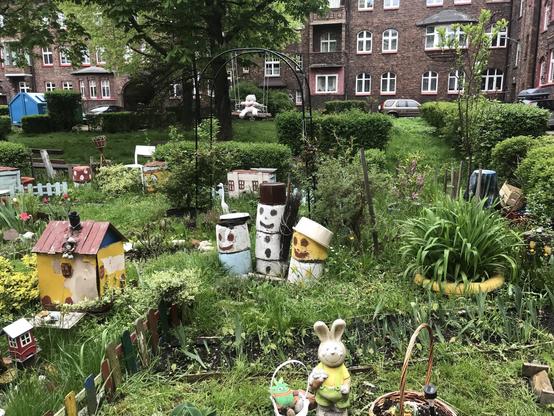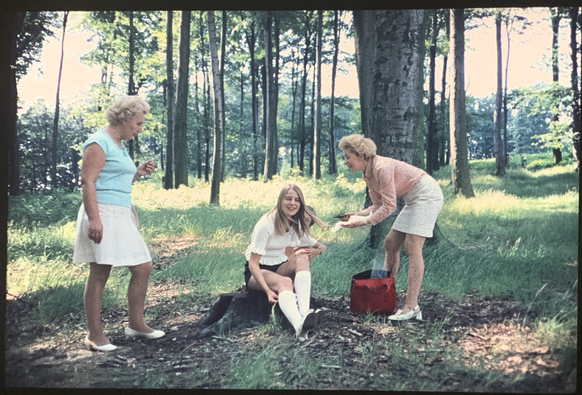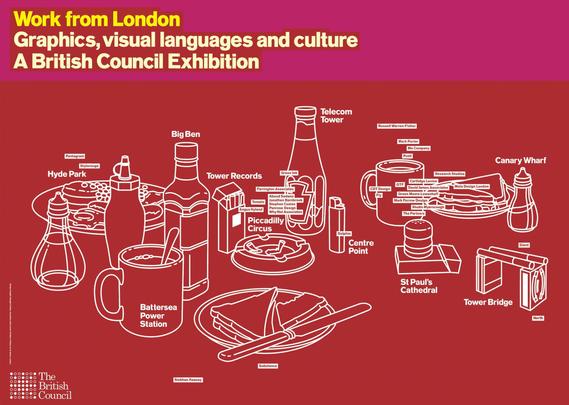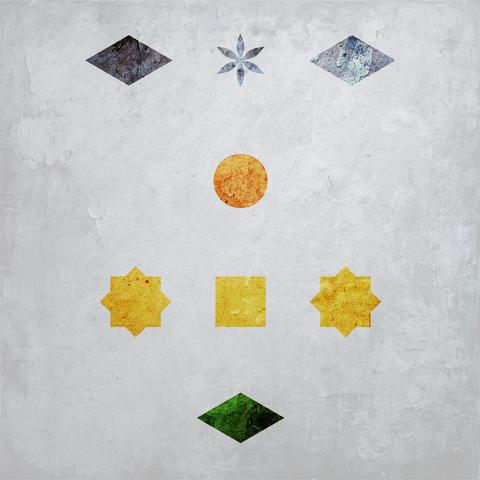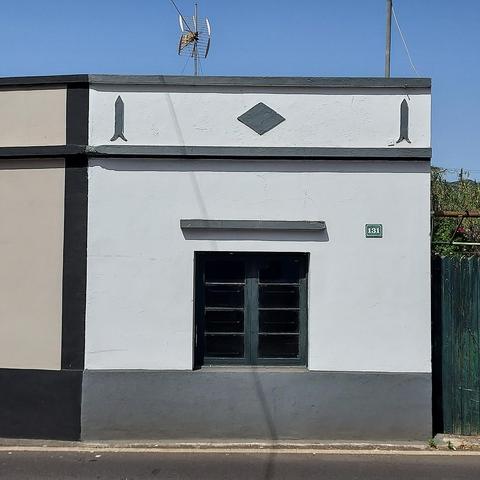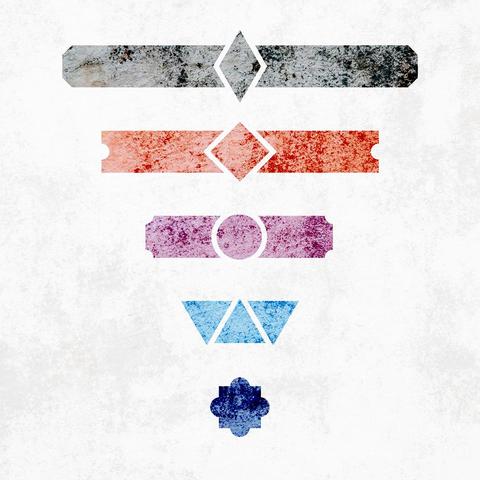“Love In My Pocket”: How Using Modern, Accessible Language Connects Contemporary Audiences with Timeless Ideas
Preface: I was listening to one of my favorite songs, “Love in my Pocket” by Rich Brian, this morning, when I conceived a shitpost idea about an imaginary essay on this very thing. I posted the shitpost (which I’ll include a screenshot of below). I knew I would probably get at least one person jokingly asking “where’s the essay, OP??”, in the comments. So I decided that even if no one asked, I would give them the goddamned essay whether they wanted it or not, because I am bored and miss writing essays. I also love this song. It will likely be genuinely academic in nature but conversational in tone, with direct links to citations rather than a formal bibliography because I’M TIRED. However, if this genuinely attracts attention, I will go back and make a formal bibliography. So, without further ado, here’s the essay.
The shitpost in question.
“Love In My Pocket”: How Using Modern, Accessible Language Connects Contemporary Audiences with Timeless Ideas
When you hear a modern pop song or hear young adults making jokes or talking politics on social media, what is your first reaction? Do you scoff and think, “ugh, people these days can’t write anymore?” Don’t worry, gentle readers. I used to react that way, as well, before I realized that these modern writers and jokesters have a lot in common with master writers of old such as Chaucer and Boccaccio. Now, you’re probably thinking, what these could the catchy songs full of modern language you hear on YouTube and TikTok, teens discussing big ideas on social media, and masterworks of the late Middle Ages and early Renaissance such as the Canterbury Tales and the Decameron possibly have in common? I’m glad you asked. I’m going to put it all together for you, gentle readers, but first, you need some historical context.
For centuries after the fall of the Roman Empire at the hands of Odoacer in 476 AD, the only semblance of law, order, and knowledge in Europe came at the hands of the Roman Catholic Church. The Church kept Latin alive in their services and texts, and it became the language of the rich and educated. Much of the poor population never learned to read in their mother tongues, much less Latin, as before Johannes Gutenberg brought the printing press to Europe around 1440, books were painstakingly written and copied by hand in monasteries and were prohibitively time consuming and expensive to make. As a result, knowledge, and therefore power, was almost exclusively in the hands of the wealthy and powerful and entirely outside of the hands of the lower classes. This created a system of government known as feudalism, with the Pope, the head of the Church, as the most powerful force in the land, the kings subservient to him, various lords and knights subservient to the kings, clergy to enforce the Pope’s will, and an entire set of classes of people beneath all of them who couldn’t own land, who were the property of the lords, and were deliberately kept from knowledge so that they could be easier to control. Is any of this starting to sound familiar to you, dear readers? Does it perhaps resemble our modern system? Don’t worry, I’m getting to my point.
All of this started to change when a few things happened. First, there was a devastating pandemic that swept through Europe that became known as the Black Death. A particularly nasty strain of the bubonic plague that was transmitted initially by infected flea bites, it quickly hopped from fleas to rats that had stowed away on Asian ships that were on their way to besiege key European ports, to the infected corpses themselves that were then used as biological weapons against the besieged ports.
The Black Death then swept through Europe, killing millions and causing an enormous labor shortage. The surviving peasants quickly realized that they had an advantage over the surviving landowners, and banded together to form guilds to leverage their skills and collectively bargain for better wages, treatment, and power. This tactic worked, as the landowners really had no defense against the peasants at this point, as everyone they knew was dead, there was no one left to back them up, and they had to bargain with the guilds to get anything done. The guilds then enabled the peasants to get rich and powerful for the first time in centuries of European history, giving rise to what is now known as the middle class as they soon got wealthy enough to own land of their own without the previous requirement of a title. Welcome to the early Renaissance, people.
Then, something else happened. Remember that Gutenberg guy? He was a goldsmith and he wanted to make books faster and easier to make. Improving on screw presses already available, he made a commercially viable movable type printing press around 1440. Boom. Books. Books galore. Now the people didn’t have to copy books by hand. They could simply print them and they were in business.
However, that wasn’t the only interesting thing happening. The common people weren’t just interested in breaking away from the lords. They were giving the Church the finger, as well. Remember, many people didn’t understand Latin, the language of the rich and educated. So they figured, “We’re not clergymen or princes. Why should we write in Latin?” When these mass produced books started coming into fashion, people started writing in their local language about what was going on around them. This phenomenon is called “writing in the vernacular”.
Two very popular stories at the time that the common people connected with were about people hanging out in the Black Plague and written in the common people’s respective vernacular. One, written in the form of English spoken at the time, was the Canterbury Tales, written by the poet, diplomat, and civil servant Geoffrey Chaucer from 1387 to 1400. It technically predates the printing press by about 40 years, but it’s bawdy, it’s sad, it’s high drama for the ages. It connected the common people with themes that they could relate to in language they could understand and it entertained them during a very dark time.
Another, the Decameron, was written in Italian by Italian author Giovanni Boccaccio, for Italians. It’s another high drama vernacular story intended to completely make fun of the city-state of Florence in a wickedly black comedy style and tone. Yet again, the vernacular connected the people of the time with ideas they resonated with using accessible language with a healthy dose of dark humor and wit.
Similar things are happening today. We may not have a printing press, but we saw similar things happening during the COVID-19 pandemic lockdowns with people connecting on apps such as TikTok over people, topics, and music, in a format and language that was accessible to them for perhaps the first time in their lives. They were learning and connecting in their vernacular, just as the peasants did with literature written in their vernacular hundreds of years prior during the Late Middle Ages and Early Renaissance.
Much of academia and literature is written and taught to young people in a way that is inaccessible to them, and many educators don’t know, don’t care, or do not have the means to connect with their students, as the public school system in the United States is ill equipped to prepare students to be anything different than the modern equivalent of the peasants of the Middle Ages, and teachers are burnt out and exhausted.
Therefore, I would argue that modern music that uses language that is accessible to the young people of today is no different than the authors of the early Renaissance who wrote in their local vernacular, and they are following in that proud, rebellious tradition. An excellent example of an artist who connects with his audience using modern vernacular is the singer and social media star Rich Brian. He was discovered via various social media platforms, and his music took off. He blends shock, awe, comedy, relatable themes and lyrics, and catchy hooks to create a distinct sound that sounds like he’s having fun. He has made mistakes in creating a name for himself just like any human being, but has apologized and taken accountability for those mistakes. He’s also an immigrant and overall I love his music and his story.
Take his song “Love in My Pocket,” for example. When he sings, “I’ve got love up in my pocket, and I don’t know what to do with it,” he is making the concepts of unrequited love and grief accessible to a modern, common audience just as the early vernacular writers of the Renaissance did when they stopped writing in Latin and started writing in their native tongues.
In conclusion, the next time you’re tempted to scoff at modern popular music and social media culture, ask yourself what themes these creators are trying trying to convey to their audience in the artist’s (and the audience’s) vernacular instead. Unrequited love? Grief? Wonder? Anger? Language changes and the way information is shared changes, people, and writing in one’s own vernacular as well as the free spread of information itself is a proud, rebellious tradition that helps the common people break free from oppression and fear.
QED, or as they would say in the modern vernacular, mic drop.
Stay tuned for more magic, people. I love y’all immensely. ✨
Your now very brain fogged sorcerer (I chugged a Red Bull to make this essay happen), Lazarus.
Subscribe to Blog via Email
Enter your email address to subscribe to this blog and receive notifications of new posts by email.
Email Address
Subscribe
#Boccaccio #CanterburyTales #Catholicism #Chaucer #christofascisn #declineAndFallOfRome #education #essay #freedom #IMissWritingEssays #IMBored #JohannesGutenberg #MiddleAges #oppression #printingPress #publicSchools #serfdom #TikTok #vernacular #worldHistoryISMyRomanEmpireGoddamnit #writingInTheVernacular

